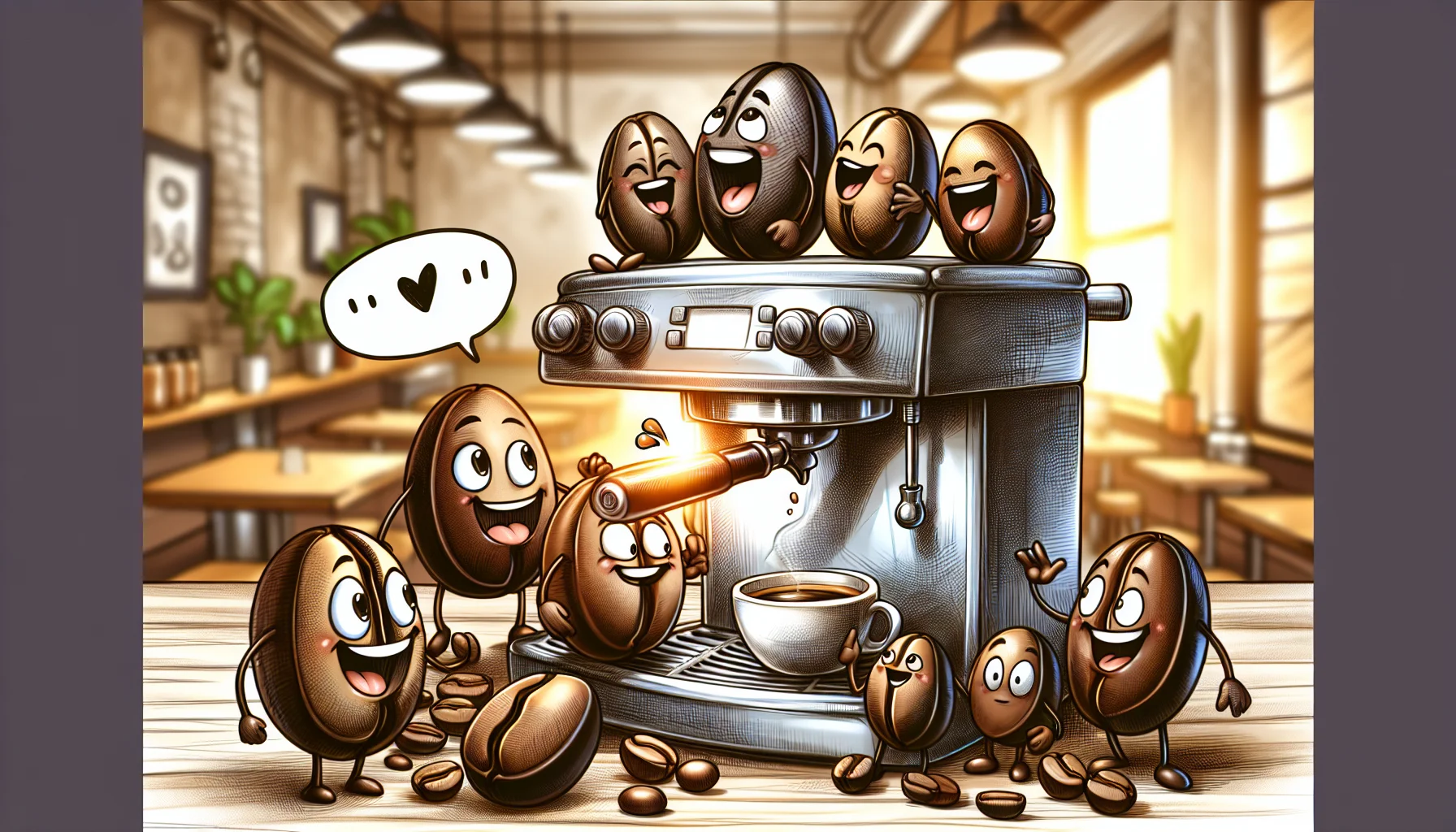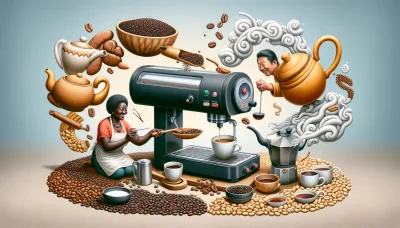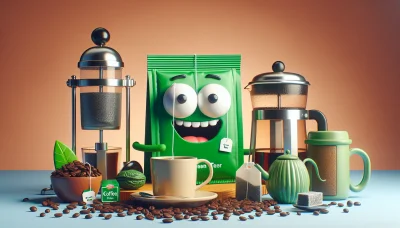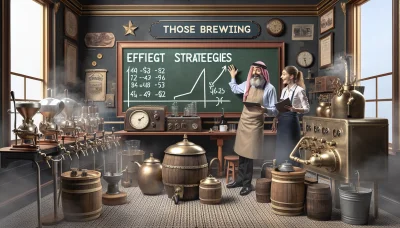Best beans for espresso Quiz
Test Your Knowledge
Question of
The Ultimate Guide to the Best Beans for Espresso
Choosing the right beans for your espresso is crucial to achieving the perfect cup. The bean type, origin, roast, and blend all play significant roles in the flavor, aroma, and body of the espresso. This guide will help you navigate through the vast world of coffee beans to find those that will elevate your espresso experience to new heights.
What Makes a Bean Perfect for Espresso?
The perfect bean for espresso is a combination of the right bean type, roast level, and origin. Typically, Arabica beans are preferred for their superior flavor and lower acidity compared to Robusta beans, although some blends include Robusta for added body and crema. The roast level is crucial; a medium to dark roast is ideal as it enhances the bean's natural oils and flavors, making for a richer, more full-bodied shot of espresso. Lastly, the origin of the bean can influence the espresso's flavor profile. Beans from Latin America often offer a balanced, slightly sweet flavor, while African beans can add unique floral or fruity notes. Ultimately, the perfect bean for espresso is one that aligns with the drinker's personal taste preferences while meeting these general criteria.
Top 7 Beans for Espresso
- Arabica Beans: Known for their sweet, fruity taste and higher acidity, Arabica beans are a premium option for espresso, offering a complex and refined flavor.
- Robusta Beans: With a stronger, harsher taste than Arabica, Robusta beans contain more caffeine and are often used to add body and crema to espresso blends.
- Colombian Beans: These beans are prized for their mild, well-balanced flavor, with a touch of nuttiness, making them a popular choice for espresso.
- Sumatra Mandheling Beans: Known for their full body and low acidity, these beans offer a smooth, chocolatey profile with earthy undertones, ideal for a rich espresso.
- Italian Roast Beans: Typically dark roasted, Italian Roast beans are oily and bold, offering a strong flavor and a heavy body that stands up well in espresso.
- Guatemalan Antigua Beans: With a full body and spicy flavor profile that includes hints of chocolate and cinnamon, these beans produce a complex and satisfying espresso.
- Ethiopian Yirgacheffe Beans: Famous for their floral and fruity notes with a light to medium body, Yirgacheffe beans create an aromatic and exotic espresso experience.
Factors to Consider When Choosing Espresso Beans
When selecting the perfect espresso beans, there are several key factors to keep in mind to ensure you get the best flavor and quality. Freshness is paramount; always check the roast date on the package. Beans are generally best used within a few weeks of roasting, so the closer to the roast date, the fresher the beans will be. Additionally, consider whether you prefer single-origin beans or blends. Single-origin beans come from one location and can offer unique flavors and characteristics specific to that region. Blends, on the other hand, are made from beans sourced from multiple locations, creating a balanced and consistent flavor. Both types have their merits, and your preference may depend on your taste and the espresso profile you are aiming to achieve.
How to Grind Beans for the Perfect Espresso
The grind size and consistency are crucial factors in brewing the perfect espresso. A fine, consistent grind is essential because it affects the pressure required to push water through the coffee and extract its flavors efficiently. If the grind is too coarse, the water will flow through too quickly, resulting in a weak and under-extracted espresso. Conversely, if the grind is too fine, it can cause over-extraction, leading to a bitter and harsh taste. Achieving the right grind size ensures a balanced and flavorful espresso, highlighting the unique characteristics of the coffee beans.
Storing Your Espresso Beans
To maintain the freshness and flavor of your espresso beans, it's essential to store them properly. Always keep your beans in a cool, dark place, away from direct sunlight and any sources of heat. An airtight container is ideal for preserving the beans' natural oils and preventing them from becoming stale. Avoid storing your beans in the fridge or freezer, as the fluctuating temperatures can cause condensation, affecting the beans' taste and aroma. Instead, opt for a ceramic or glass container with a tight-sealing lid, and only buy as much as you can use within a couple of weeks to ensure the best possible flavor.
FAQs on Espresso Beans
| Question | Answer |
|---|---|
| How should I store my espresso beans to keep them fresh? | Espresso beans should be stored in an airtight container away from direct sunlight and moisture. It's best to keep them at room temperature. Avoid storing them in the fridge or freezer as this can introduce moisture and affect the beans' flavor. |
| What is the ideal grind size for espresso beans? | The ideal grind size for espresso is fine. This allows for the best extraction of flavors during the espresso brewing process. However, the exact grind size can depend on your espresso machine, so it's worth experimenting to find the perfect grind for your setup. |
| Can I use regular coffee beans to make espresso? | Yes, you can use regular coffee beans to make espresso. The main difference between espresso beans and regular coffee beans is the roast level. Espresso beans are typically roasted longer, resulting in a darker roast. However, the grind size and brewing method are more critical to making espresso than the type of beans used. |
| How long do espresso beans stay fresh after opening? | After opening, espresso beans are best used within two to three weeks for optimal freshness and flavor. While they can last longer, you may start to notice a decline in the quality of your espresso shots as the beans age. |
| Is there a difference in caffeine content between espresso beans and regular coffee beans? | No, there is no intrinsic difference in caffeine content between espresso beans and regular coffee beans. The caffeine content is more about the bean type (Arabica vs. Robusta) and how the coffee is brewed. Espresso shots have a higher concentration of coffee to water, which can make them seem stronger in terms of caffeine content per ounce. |












